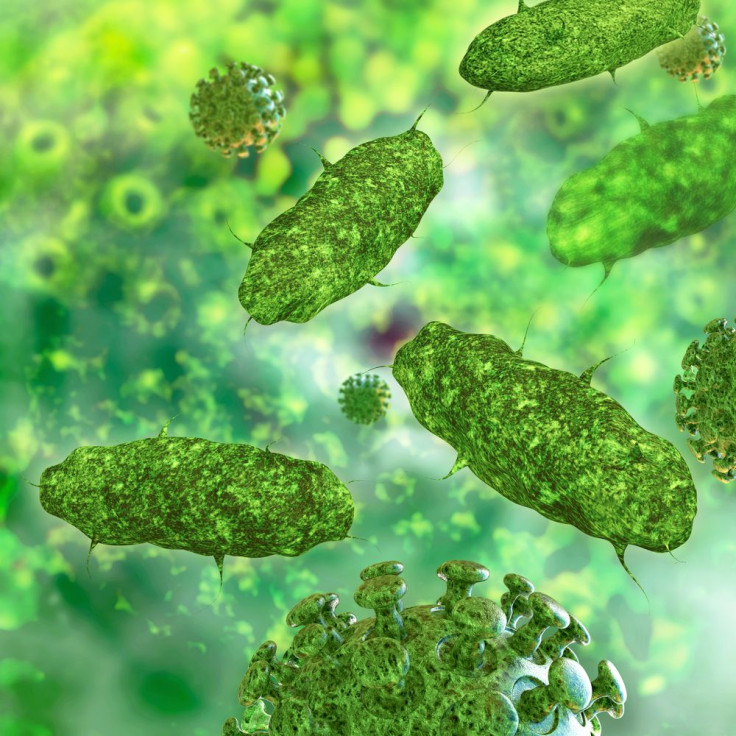Teixobactin Prevents Antibiotic Resistance And Kills Superbugs; Will It Work On Humans?

Our biggest hope in fighting antibiotic-resistant “superbugs” may have been right under our noses, or rather, right under our feet this whole time. Teixobactin, a new antibiotic found in soil, has been found to destroy all tuberculosis, MRSA, but most importantly, those strains which have built a resistance.
In a new study, now published in the journal Nature, researchers explain how they tricked a microbe commonly found in soil into growing in a laboratory. This was not an easy feat, as Forbes reported, since 99 percent of bacteria can’t be grown in labs. However, thanks to the help of modern engineering, a device called iChip allowed scientists to grow the bacteria in a lab setting. This resulted in the growth of teixobactin, a molecule that according to Kim Lewis, the senior author of the study, is "exquisitely active against some very hard-to-deal-with bugs," the Los Angeles Times reported.
The discovery of teixobactin is important because not only could it lead to the first new class of antibiotics to have been discovered in decades, but it just might help save lives as more and more microbes evolve into untreatable superbugs.
In animal studies, teixobactin was able to completely wipe out Staphylococcus aureus infections, Streptococcus pneumoniae, a dangerous infection that threatens blood and the lungs, and Enterococcus, which infects the heart, prostate, urinary tract, and abdomen, The Guardian reported.
During lab observations, researchers noted that none of the bacteria treated with the new antibiotic showed any signs of developing resistance, a finding that could prove significant as more drugs are failing due precisely to this problem. Dr. Tanja Schneider, co-author of the study, explained that teixobactin works differently from other antibiotics by targeting not only the bacteria’s proteins but also the cell walls.
“That’s an Achilles’ heel for antibiotic attack,” Schneider explained to The Guardian. “It would take so much energy for the cell to modify this. I think it's unlikely resistance will appear this way.”
The drug also kills with astonishing speed, giving bacteria little time to develop resistence.
Today antibiotic resistance kills around 23,000 people in the U.S. each year, and a recent review on the situation predicted that if the rate continued undisturbed, by the year 2050 as many as 10 million people could die each year.
Factors such as doctors overprescribing antibiotics, patients misusing antibiotics, and farmers overusing them has accelerated the natural evolution of common pathogens, causing them to become resistant to drugs at an unprecedented rate.
The news of teixobactin’s discovery is exciting, but it will still likely be quite a bit before we see the drug written on a doctor’s script. The drug has yet to be tested on humans, and before this can be done several measures need to be taken.
“We will not know whether teixobactin will be effective in humans until this research is taken from animal testing in the lab to clinical trials,” he said.
It's been predicted that it may take around 10 years before the drug is available on the market, but Forbes reported that NovoBiotic Pharmaceuticals, the company working on the drug, hopes to cut this time in half.
Source: Ling LL, Schneider T, Peoples AJ, et al. A new antibiotic kills pathogens without detectable resistance. Nature. 2015.
Published by Medicaldaily.com



























